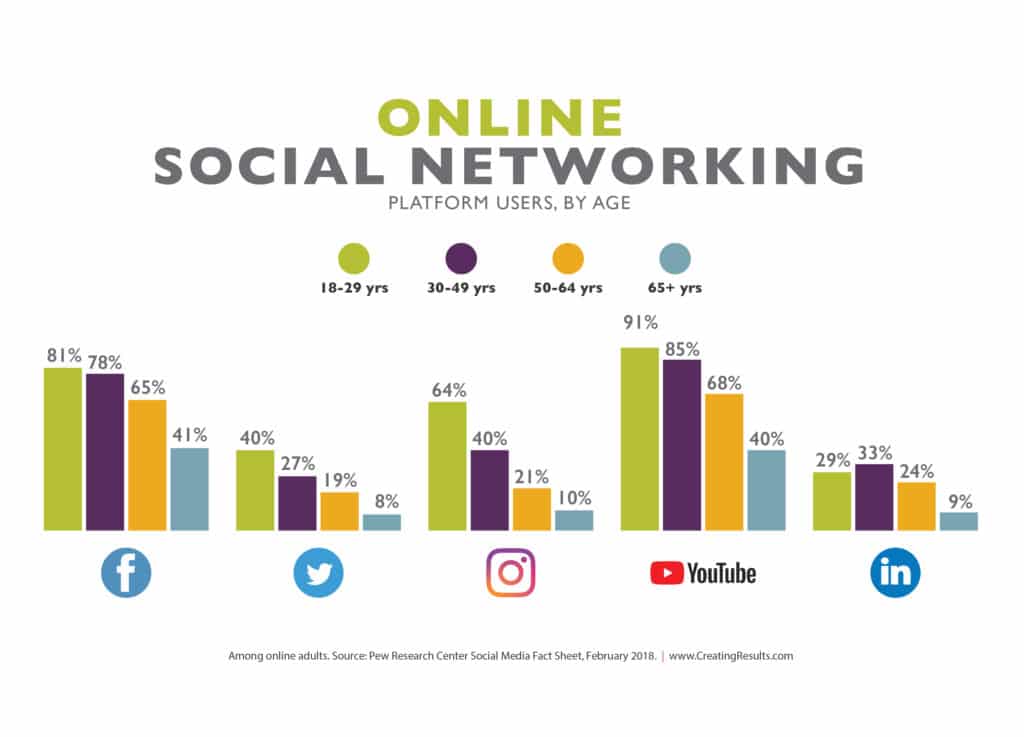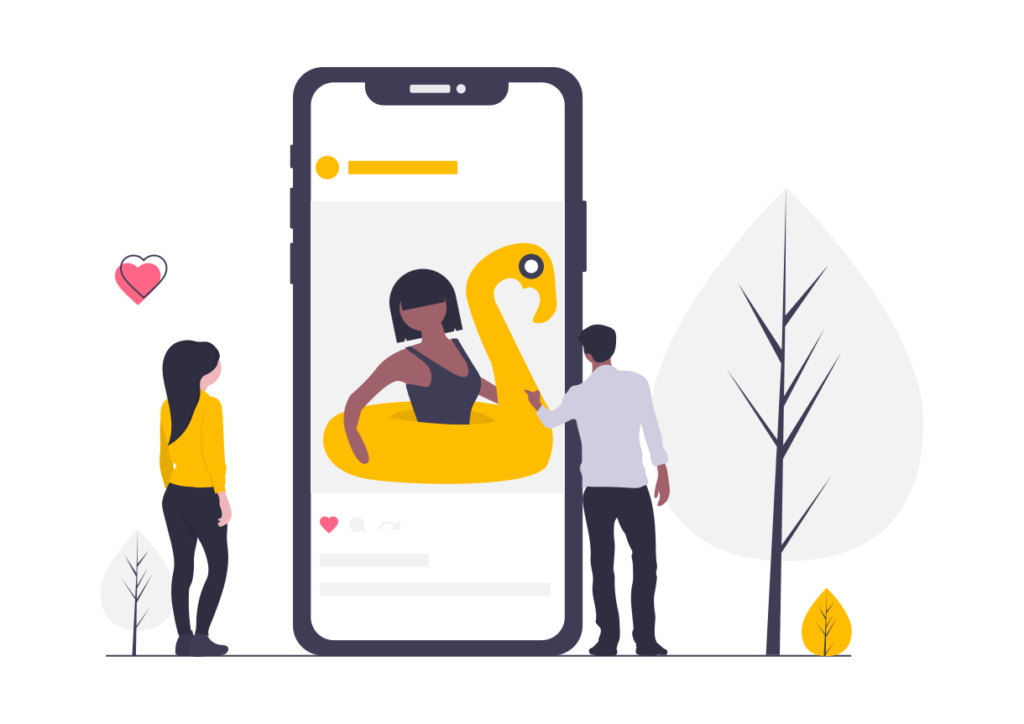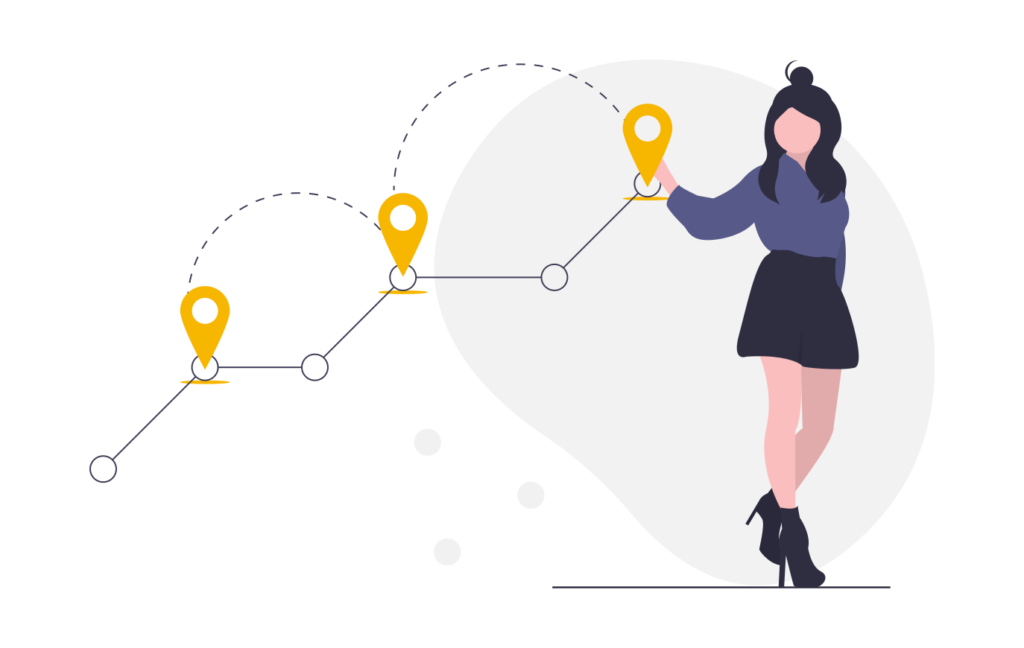
Menu
You may have the best product on the market or the lowest prices, but none of that matters until you understand your target audience. If you aren’t marketing towards the right group of people, then it’s likely that they’re tuning out from your message.
This is where segmenting comes into play. Segmenting the market, into a specific group of customers, has always been a part of marketing for decades. Why? Because it works.
Taking the time to understand who your target audience actually is will save you time and money from content that doesn’t work. Doing your research will help you identify where your audience is hanging out online, and how you can best reach them.
Follow our guide below, and learn how to reach your ideal audience through social media platforms.
Before you start thinking about which platforms or types of content to be using, you need to identify your target audience. The better you understand them, the easier it will be to reach them.
There are the common areas of segmentation you can start with. Firstly there are the many demographic aspects of your audience, some include, age, gender, location, career, and education.
Secondly, there are also psychographic aspects of your audience. These include the customer’s interests, values, and personality traits. You can also segment by geographical location. Is your audience only found in a specific area, city, state or country?
Thirdly, another great starting point is to ask yourself questions, to further understand who your ideal customer is. Here are a handful that we find incredibly useful:
What type of person would be seeking out our product or service?
What problem are we solving for this person?
Why would they find our product or service of value to them?
What is the average age of the person using our product or service?
What city, state or country does this person live in?
What interests do they have? What are their hobbies?
Why would they value our product or service over competitors?
What is the average income of someone who would buy from us?
What values or beliefs does this person have?
Each question you ask should help you flesh out an image of your ideal customer. Put yourself in their shoes. What life are they living? Why would they be interested in what you have to sell? What steps are they taking to purchase from you?
It’s important to understand who your audience is, before moving onto this stage.
Each social media platform has its own specific appeal, based on the content and consumption habits of that platform. Understanding the culture of each platform, and who that platform likely appeals to, can help you find your target audience.
Think about it… Most people aren’t on Twitter to watch long-form videos, nor are Instagram users scrolling their feeds to read lengthy blog posts.
Take a look at the chart below. If you were to segment by age, which platforms would your target audience be using?

Facebook and YouTube have a large number of users across the board. LinkedIn’s highest age group are 30-49-year-olds, while Instagram’s is 18-29-year-olds.
You also want to think about the psychographic aspects we worked out earlier. What interests does your audience have? What platforms are they using, based on their lifestyle or personality?
Don’t just stop at the big players either. Delve into lesser-known platforms too, if it helps you reach your target audience. Here’s some examples:
Is there a subreddit for your audience on Reddit?
Is your audience asking questions you could help answer on Quora?
Are they reading articles about your industry on Medium?
Are they reposting on Tumblr?
Are they pinning images, infographics or ideas on Pinterest?
Are they creating videos on Musical.ly?
Are they watching gamers on Twitch?
This links into our next point…
As mentioned earlier, each platform has its own culture and appeal. This means that different forms of content are the standard on different platforms.

Instagram has most commonly been used for showcasing highlights in photo and video form. However the stories feature has really grown in popularity. People view stories as a more personalised form of content, where users can share something that’s happening in their day or something they’re finding interesting.
YouTube is like Google, but for video content. This doesn’t mean all videos are the same. Your audience might be interested in live streamed content, or they could be watching influencers. They could be there to get their news or to just relax and laugh.
Does your audience have the time to sit down and watch those long-form videos you’re posting on YouTube? Or do they respond better to short, but informative videos on Instagram?
Make sure you’re understanding how your audience is using the platform. Also, make sure the content you’re creating is appealing to them.
Another great way to better reach your audience is to understand who they’re following.
This can be broken down into two areas. The first is the types of influencers in your industry, that your target audience is following. The second area is which of your competitors in your industry are they following.
Let’s start with the influencer slide. Influencer marketing has flourished over the past half-decade, and we’re seeing a massive spotlight as online influencers have become the new celebrities.
In your industry, think about whether there are any major influencers that your audience may look up to. Is there anyone out there on the internet that is the voice of your industry?

If there is, you have two options. You can firstly gauge the type of content they’re posting, and how they’re making it appealing to their audience. Secondly, you can reach out to them to be the voice for your brand.
In the first case, start gauging their content. Why are people finding it interesting? Search through the comments of their Facebook posts or YouTube videos and see what their (and potentially your) audience is saying.
In the second case, if it’s possible, reach out to them. Find out how you could bring value to them. Maybe you could interview them, or give them a free trial of your service, or sponsor them or an event they’re running. If they have the audience you’re seeking, see if they can help you reach that audience.
Now, back to your competitors.
Today, there is likely someone out there who is doing what you’re doing or at least something similar. Tap into that!
What platforms are your competitors on, and what are they posting on each platform? Are they targeting people on LinkedIn or are they jumping into customer conversations on Twitter?
Are their videos telling stories or are they product tutorials. How are they using different pieces of content to reach their audience? Which pieces of content seem to be doing well for them?
Think about how you can apply those pieces of content to your digital strategy.
We all purchase products and services, by moving through different stages. This process is known as the customer journey, and yes, even your customers have one.
Stop and place yourself in their shoes. How are your customers making the decision to purchase from you?
In the early stages of the journey, your ideal customers may not even know they want your product. In this stage, you’re trying to create awareness about your brand.
You could be targeting them through ads, on the platform they frequent. You could start posting on online forums or discussion boards, where they might be looking for solutions.

As they move through each stage, you need to share content that engages them at each level. Someone who is still trying to decide, between you and a competitor, probably wants to know whether you’re the better option.
Explain your benefits and answer the problems you think they’ll be facing. Is the price of your service a big issue for most people? Maybe go into detail about why your service is priced the way it is. People like authenticity.
It really is about thinking from the customer’s point of view. If you can understand what type of content will interest them, at each stage, then place that content in the right area for them to see it, and guide them through the customer journey.



© 2021 All rights reserved
Manexo Media